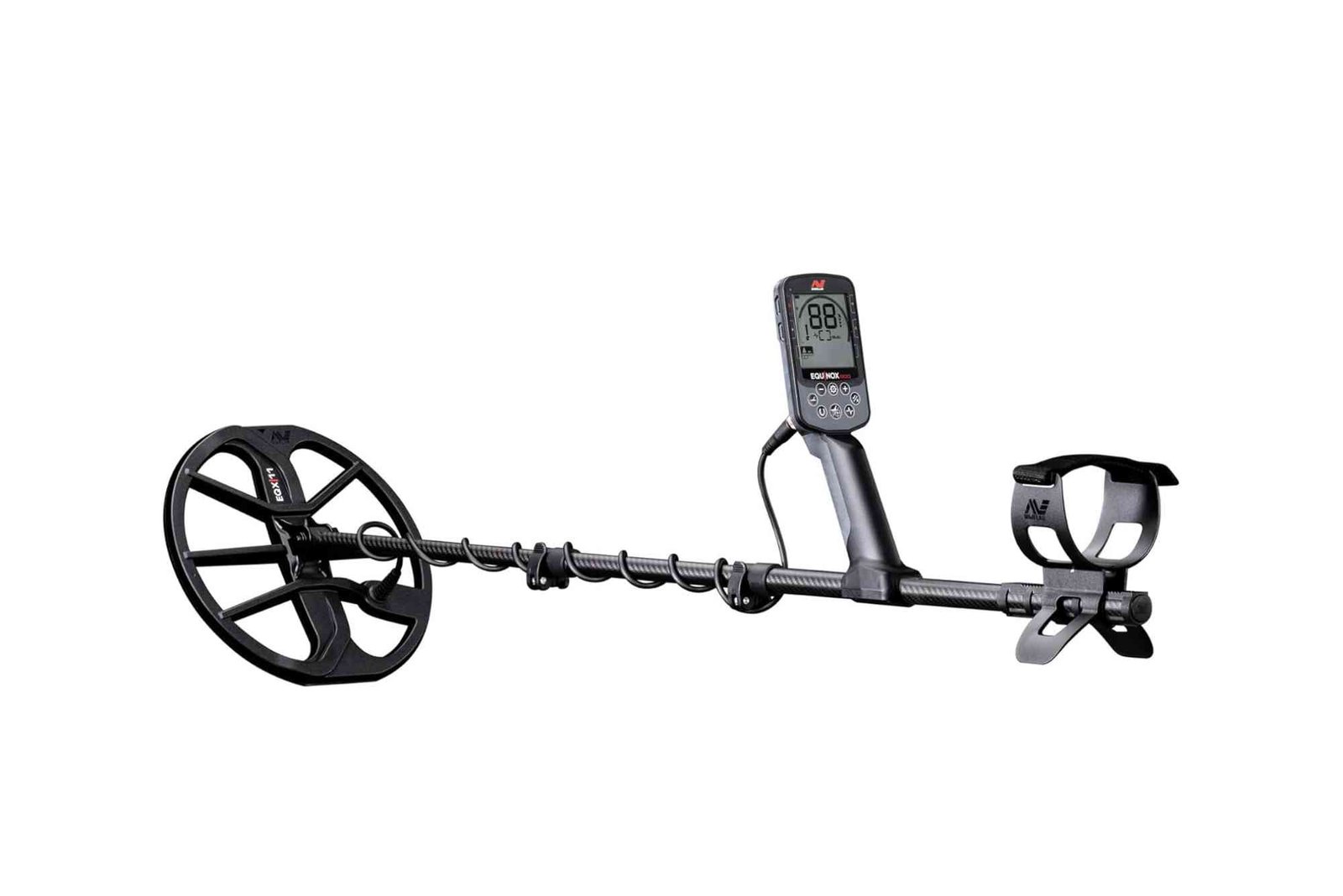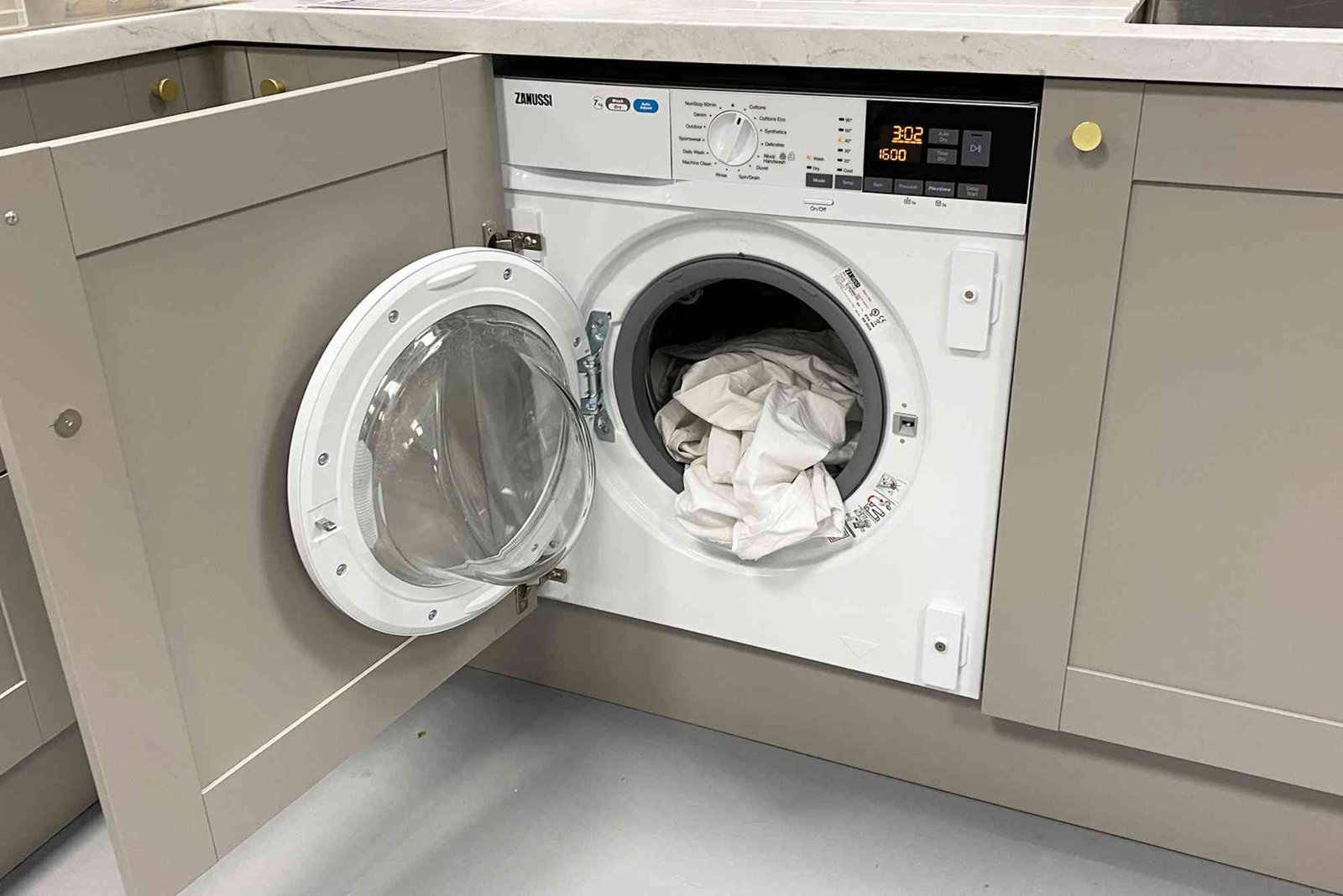Introduction
Before attempting repairs, it’s important to understand why your oven may bake unevenly. Several factors could be at play, including temperature fluctuations, faulty components, and improper use.
Faulty Heating Elements
Most modern ovens use electric heating elements to maintain temperature. If one element is malfunctioning, heat distribution becomes uneven. For example, the top element may burn hotter than the bottom, causing food to cook inconsistently. Visually inspecting these elements for burn marks or breaks can help identify the problem.
Malfunctioning Thermostat
The thermostat regulates the oven temperature. If it’s faulty, your oven may overheat in some areas while remaining cooler in others. This leads to inconsistent baking, especially in recipes that require precise temperatures. Testing the oven with an external thermometer can confirm if the internal thermostat is accurate.
Poor Air Circulation
Proper airflow is critical for even baking. If your oven’s fan is blocked, damaged, or absent in conventional ovens, hot air may not circulate uniformly. This is particularly noticeable in convection ovens, where the fan distributes heat. Rotating baking trays midway can partially compensate for this issue.
Uneven Oven Racks
Sometimes the simplest solution is overlooked. Placing food on the wrong rack can result in uneven cooking. The center rack generally provides the most consistent heat, while racks too close to the top or bottom may expose food to hotter or cooler temperatures.
Steps to Repair an Oven With Uneven Baking
Once the causes are identified, the next step is repair. Many fixes are simple, requiring only household tools, while others may need professional attention.
Inspect and Replace Heating Elements
Start by unplugging your oven. Remove the racks and visually inspect both the top and bottom heating elements. Look for signs of damage, including cracks or burn marks. If you notice any issues, replacing the element is often straightforward and cost-effective. Most parts can be purchased online or from local appliance stores.
Calibrate the Thermostat
If your oven’s temperature seems off, calibrating the thermostat may solve the problem. Use an oven thermometer to test the internal temperature at different settings. If discrepancies are found, consult your oven’s manual for calibration instructions. Some ovens allow minor adjustments via a screw on the thermostat or digital controls.
Improve Air Circulation
Cleaning the oven interior can improve airflow. Remove any grease or debris that may block vents. If you have a convection oven, ensure the fan is functioning correctly. For conventional ovens, avoid overcrowding trays and leave enough space for air to circulate around the food.
Check and Adjust Oven Racks
Proper rack placement can make a significant difference. Use the middle rack for most baking needs and rotate trays halfway through the cooking process. This simple adjustment often resolves minor uneven baking issues without requiring technical repairs.
Inspect Door Seals
A damaged door seal can allow heat to escape, causing uneven baking. Check for cracks or gaps around the oven door. Replacing the seal is inexpensive and can improve overall efficiency. A tight seal ensures the heat remains evenly distributed throughout the cooking process.
Preventive Measures for Even Baking
Maintaining your oven regularly reduces the likelihood of uneven baking. Start by cleaning it monthly to remove grease and crumbs that block heat. Check heating elements periodically and replace them as needed. Using an oven thermometer regularly helps you monitor and adjust temperature settings for optimal results. Lastly, avoid overloading the oven with too many trays, which can obstruct airflow.
Practical Tips for Home Bakers
For those who bake frequently, a few extra practices can enhance your results. Preheating the oven ensures it reaches the correct temperature before placing food inside. Using baking stones or tiles can help distribute heat more evenly. Additionally, consider rotating pans and switching positions during long bakes. Even simple tweaks like these can dramatically improve consistency in your baked goods.
For more hands-on guides and related DIY projects, check out this Related Blog article. You can also explore other topics under How To Repair Oven With Uneven Baking for deeper insights and professional advice. If you want to learn advanced techniques, Learn more about oven mechanics and repairs from expert sources.
Uneven baking doesn’t have to ruin your culinary efforts. By understanding the causes, inspecting key components, and implementing practical fixes, you can restore your oven’s performance. Small adjustments such as recalibrating the thermostat, replacing heating elements, and improving airflow often solve the issue effectively. Regular maintenance and mindful baking practices will keep your oven performing optimally for years to come.
Don’t let uneven baking hold you back. Apply these tips today, and enjoy perfectly cooked meals every time.
FAQs
Why is my oven baking unevenly on one side?
This is usually caused by faulty heating elements, poor airflow, or an inaccurate thermostat. Inspect and replace damaged parts if necessary.
How can I test my oven temperature accuracy?
Place an oven thermometer in the center and compare readings to the set temperature. Adjust the thermostat if there’s a discrepancy.
Can convection ovens still bake unevenly?
Yes. Even with fans, blocked vents or overcrowded trays can cause hot spots. Rotate trays and maintain space for airflow.
Is it expensive to repair uneven baking issues?
Many fixes, such as replacing heating elements or door seals, are inexpensive. Thermostat calibration or professional repairs may cost more.
How can I prevent uneven baking in the future?
Regular cleaning, proper rack placement, rotating trays, and using an oven thermometer help maintain even cooking.




